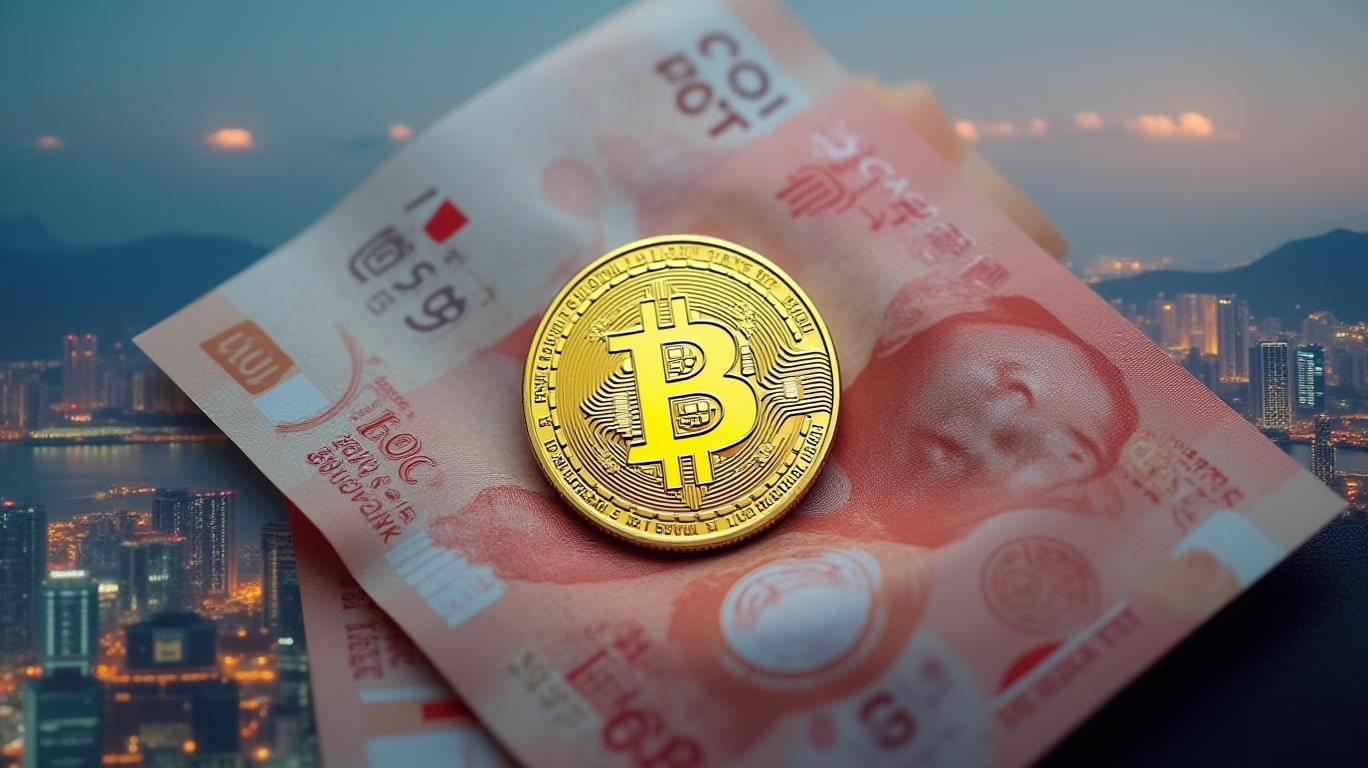Digital Yuan Launches Across 16 Countries, Reduces Cross-Border Fees by 90%
China’s Cross-Border Interbank Payment System (CIPS 2.0), powered by the digital yuan, has reportedly launched across 16 countries in Asia and the Middle East. This move is seen as a significant step in the global adoption of the digital yuan, potentially challenging the dominance of the U.S. dollar in international transactions.
The inaugural transaction under CIPS 2.0 involved a 120 million yuan ($16.5 million) payment for auto parts, which was cleared from Shenzhen to Kuala Lumpur in just 7.2 seconds. This speed is a stark contrast to the traditional three-day processing cycle of the Society for Worldwide Interbank Financial Telecommunication (SWIFT) system.
One of the key advantages of the digital yuan is the significant reduction in transaction fees. According to financial analyst Eric Yeung, a $100,000 cross-border payment using SWIFT would cost $4,950 (4.95%) and take three days to process. In contrast, the same payment using CIPS 2.0 would cost only $0.12 and be processed instantaneously, representing a 90% reduction in costs.
In addition to cost savings, the digital yuan offers technological benefits such as the ability to execute transactions even without internet access, thanks to its “dual offline payment” feature. This was demonstrated by Singapore-based DBS Bank. Furthermore, the use of smart contract technology enables automatic payment upon the arrival of goods at the port, streamlining the payment process.
The digital yuan also enhances security and transparency. For instance, the UAE Central Bank used the system to track a money laundering attempt through 16 accounts, with AI controls preventing the suspicious transaction in just 0.3 seconds. This is a significant improvement over the SWIFT process, which often requires manual screening for 85% of money laundering attempts across borders.
The adoption of the digital yuan is gaining traction in the region. ASEAN members have prepared blueprints to use the digital yuan for 90% of trade between them by 2025, and Indonesia has included this currency in its list of foreign exchange reserves. Notably, Saudi Aramco is reportedly quoting 65% of a crude oil contract with Sinopec in digital yuan, indicating a growing acceptance of the digital currency in international trade.
Western financial centers are reportedly scrambling to catch up with China’s advancements in digital currency. The City of London has launched a “digital pound accelerator,” but officials allegedly admitted being “at least 2.3 years behind China.” This technological gap could be challenging to close, especially as China controls significant portions of the global rare earth refining and neodymium magnet production.
This development is not just a currency competition but a shift in monetary civilization. According to Nobel economist Stiglitz, the digital yuan is redefining the dimensions of monetary civilization by transforming cross-border payments from “exclusive couriers for elites” to “instant messaging for all.” This shift could have profound implications for global finance and trade, potentially challenging the hegemony of the U.S. dollar in international transactions.



_442a2dcc1749832873286.jpeg)
_e68fac6d1749831664430.jpeg)





